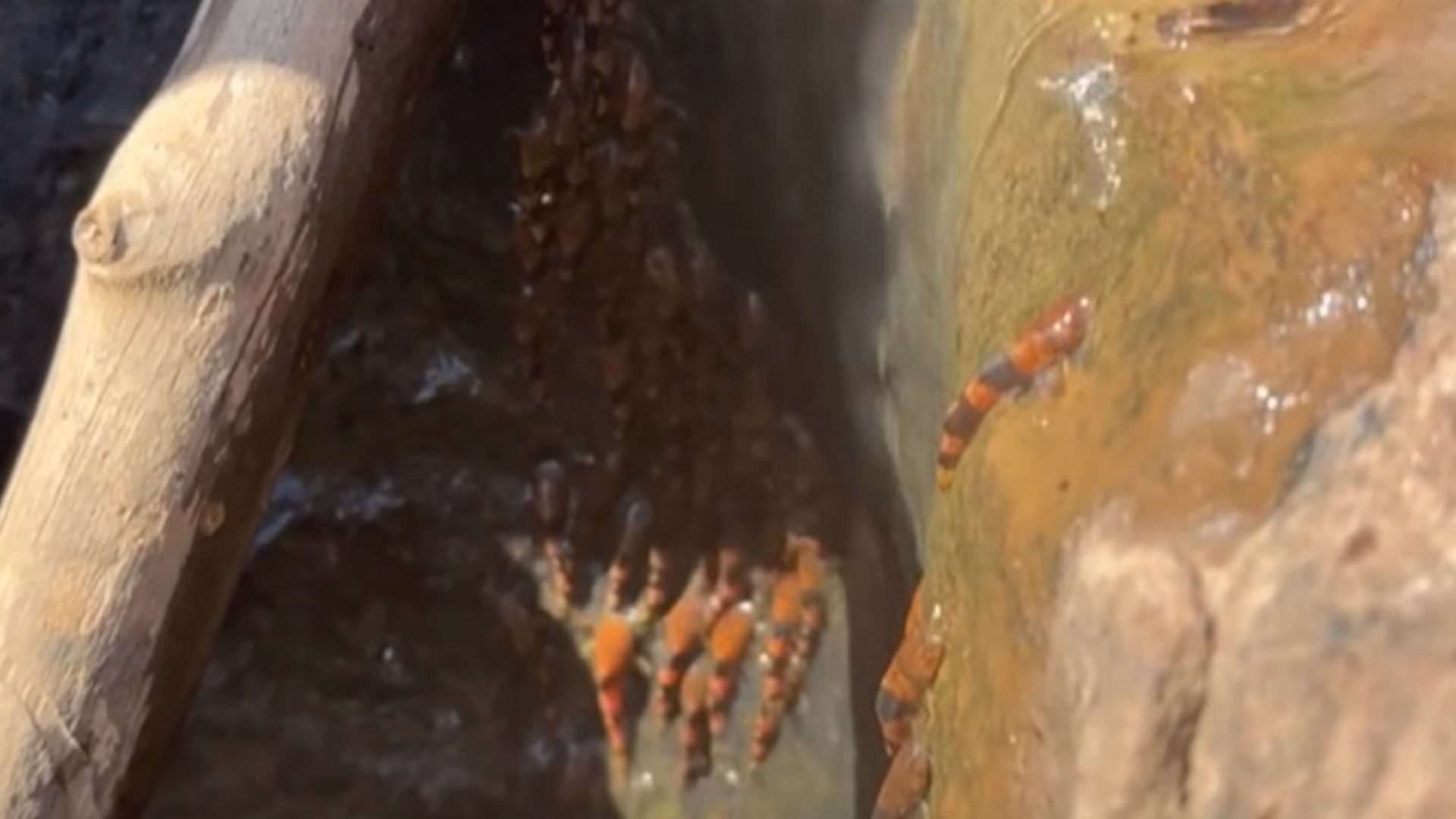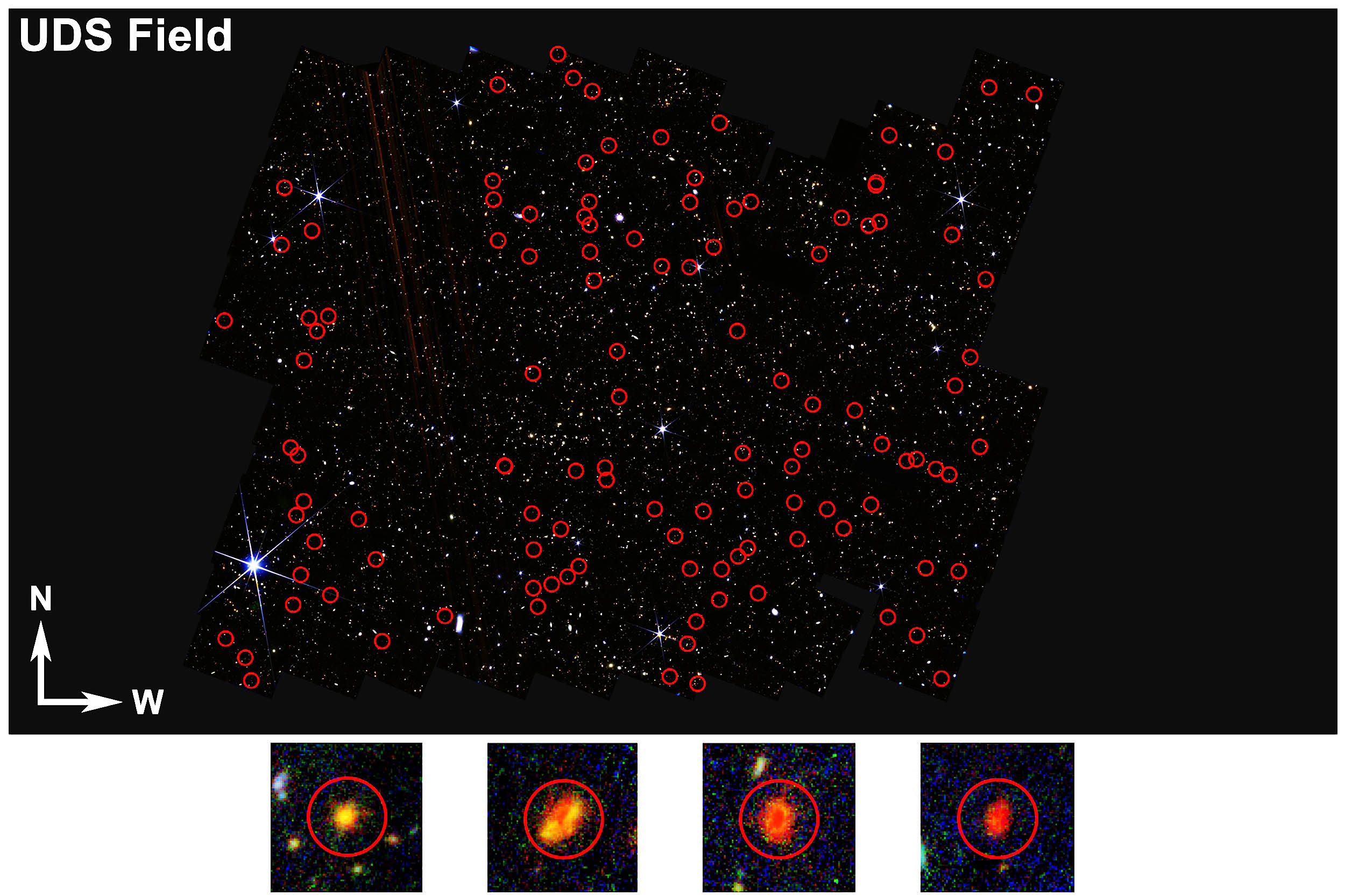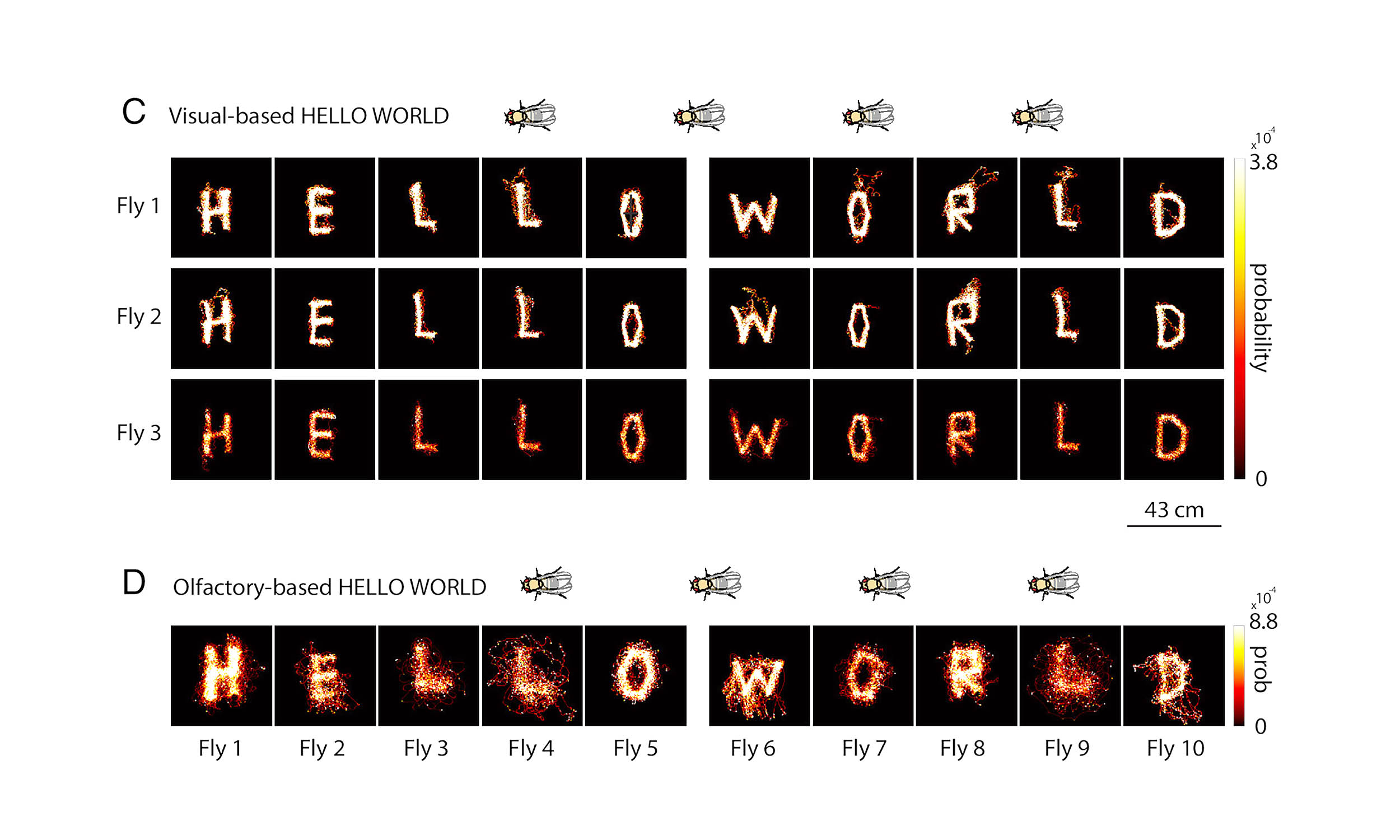The Shocking Mind Control of Fruit Flies: How a Fungus Turns Them into Zombie Drones!

Imagine a tiny creature that can control another living being’s actions, guiding it towards its own demise. Sounds like something out of a horror movie, right? Well, it’s not fiction; it’s the chilling reality of the Entomophthora muscae fungus and its gruesome relationship with the common fruit fly!
According to Sheena Harvey, this terrifying fungus unleashes its spores into the world, targeting unsuspecting fruit flies. Once the spores land on a fly, the invasion begins. The fungus burrows its way into the fly’s gut, where it multiplies and feeds on the fly's internal organs. But wait, it doesn’t stop there! The fungus then makes its way to the fly's brain, taking control of its actions.
The common fruit fly, scientifically known as Drosophila melanogaster, is a global inhabitant, and once infected, it becomes a puppet of the fungus. Under the fungus's influence, these flies climb to the highest nearby object and glue their mouthparts to the top. At sunset, they meet their tragic end, succumbing to the horror of fungal infection.
But the nightmare doesn’t end with their death. The flies remain hanging, wings raised—a grotesque display of nature’s brutality—with foam-like projections sprouting from their abdomen, filled with hundreds of fungal spores. Just hours later, these spores are launched into the air, seeking out new victims to infect, ensuring the cycle continues.
What’s even more mind-boggling is the timing of this spore release. It’s perfectly synchronized to the early morning air, keeping the spores moist and cool. If they were released during the day, the harsh light and heat could jeopardize their survival. The fungus is smart enough to avoid UV rays, making its timing crucial.
So, how does this fungus maintain such impeccable timing? In the natural world, timing is everything. Every organism has what scientists refer to as a ‘circadian clock,’ which is influenced by light levels and environmental temperatures. It's a well-known fact that parasites often take advantage of their hosts' predictable behaviors and moments of vulnerability.
Intrigued by this bizarre relationship, scientists from Harvard University set out to uncover the truth about the timing of the fungus’s control over the fruit flies. They experimented with various levels and wavelengths of light to see how it affected both the fungus and its fly hosts. Their results were startling: the fungus needs light for infection, but interestingly, it does not rely on the same light conditions as the flies!
While the flies were responsive to red light, the fungus couldn’t detect it. However, the fungus thrived in low white light conditions, showing that it has its own internal timing mechanisms. Essentially, the fungus is the puppet master controlling the flies, dictating their actions based on its own circadian rhythms, rather than those of the flies!
This groundbreaking research suggests that the phenomenon of parasites controlling their hosts may be more prevalent than previously understood. The study concludes that this kind of ‘pathogen-driven circadian timing’ could be common among other behavior-modifying parasites, especially those with limited opportunities to spread. So next time you see a fruit fly, remember—it might just be a puppet dancing on strings pulled by a sinister fungus!




























